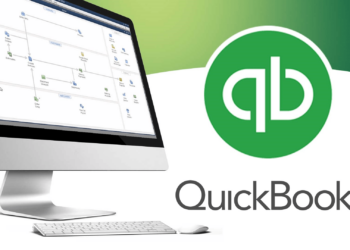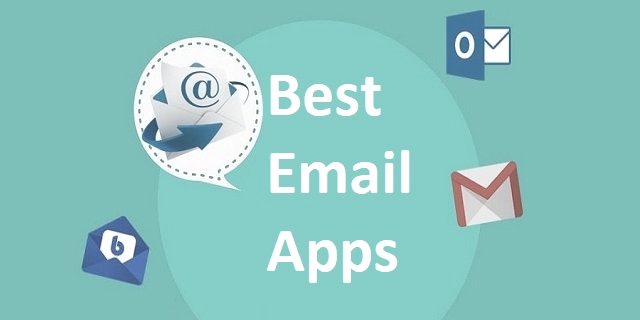An Application Programming Interface or API facilitates applications to communicate with each other. In other terms, it is the code that regulates the access point(s) for the server.
Since its invention, the tool has emerged as an inevitable tool for business. They have allowed applications to access data and functionality of others, and use the information strategically. APIs today have created a thriving ecosystem, allowing businesses to expand to diverse markets.
However, like any other technological development, API also comes with a set of merits and challenges. Here is what you need to know before proceeding with API functionality to give access to other applications.
API Examples
Companies utilize APIs for different purposes such as website analytics, project and team management tools, online payment systems, and many other operational solutions.
- Analytics. Google Cloud API Platform offers multiple API options that businesses can use for analytics (the most common are the Core Reporting API and Management API)
- Project and Team Management. Tools like Microsoft Teams or Basecamp provide through API communication between coworkers and data sharing functionality
- Online Payment Systems. Many organizations choose to utilize APIs from a firm such as PayPal to provide secure, safe money transfers to their customers. The booming of the industry has attracted online payment providers like PayPal, Stripe, Amazon Pay that offer various payment solutions to customers, most of these companies have exposed their APIs to allow developers to integrate the payment services into their applications.
- Digital Marketing. APIs are the backbone of digital marketing. Holidays API allows creating personalizing emails, chats, and other interfaces by adapting them to or mentioning a user’s local holidays. A Deloitte study found that 1 in 5 consumers are willing to pay 20% more for personalized products or services. APIs power many of the channels marketers interact with, such as Twitter and Facebook, and enable the simple and fast development of awesome tools that help to market companies more creatively.
Pros of Using API
Integration with Multiple Applications
Businesses that use APIs can benefit from the services and data developed by other companies without bearing the expenses of this development.
Get a Competitive Advantage
APIs allow businesses to venture into previously unchartered territories of customer insights. One can acquire large quantities of information via APIs, to predict consumer behavior, and offer better customer experiences.
Access to new Functionalities
The rise of API economy has led to innovation among those who know how to utilize it to create new solutions. Users can benefit from customizing their services, merit from extra functionalities, and analyze data to suit their needs. It helps to create a tailored suite of services, easily accessible and modifiable.
Automation
API leverages the power of connectivity and helps to streamline the operations that require technical skills. Developers can take advantage of APIs to develop a program by assembling different products through APIs. Businesses can thus eliminate many technical issues by using multiple services, programmed and executed through numerous platforms. Instead of relying on multiple channels, APIs allow you to carry out tasks from an omnichannel platform.
Cons of using API
Security Issues
By adding an API, you are essentially adding another attack angle to your system. Not every API technology comes with a secured gateway. It is up to you to find companies that provide security as a top priority for their API gateways.
Expenses
Finding an API that offers a high standard of reliability and stability might cost you a significant amount. There are also expenses in terms of maintenance and documents, along with providing continuous support to the users of your API.
Unintended Use
API’s generally come with terms on how other developers can use your API. However, there are always chances of how they use it to impact your business negatively. This unintended use might require you to withdraw the API, which might, in turn, cause problems for your users.
The bottom line is that API is an incredible tool that can make your applications more flexible. It can build a seamless network and thereby offer more value to your customers, vendors, or partners of the business. Considering its benefits, when chosen carefully and used correctly, it has the potential to bring in more efficiency into your applications.
















